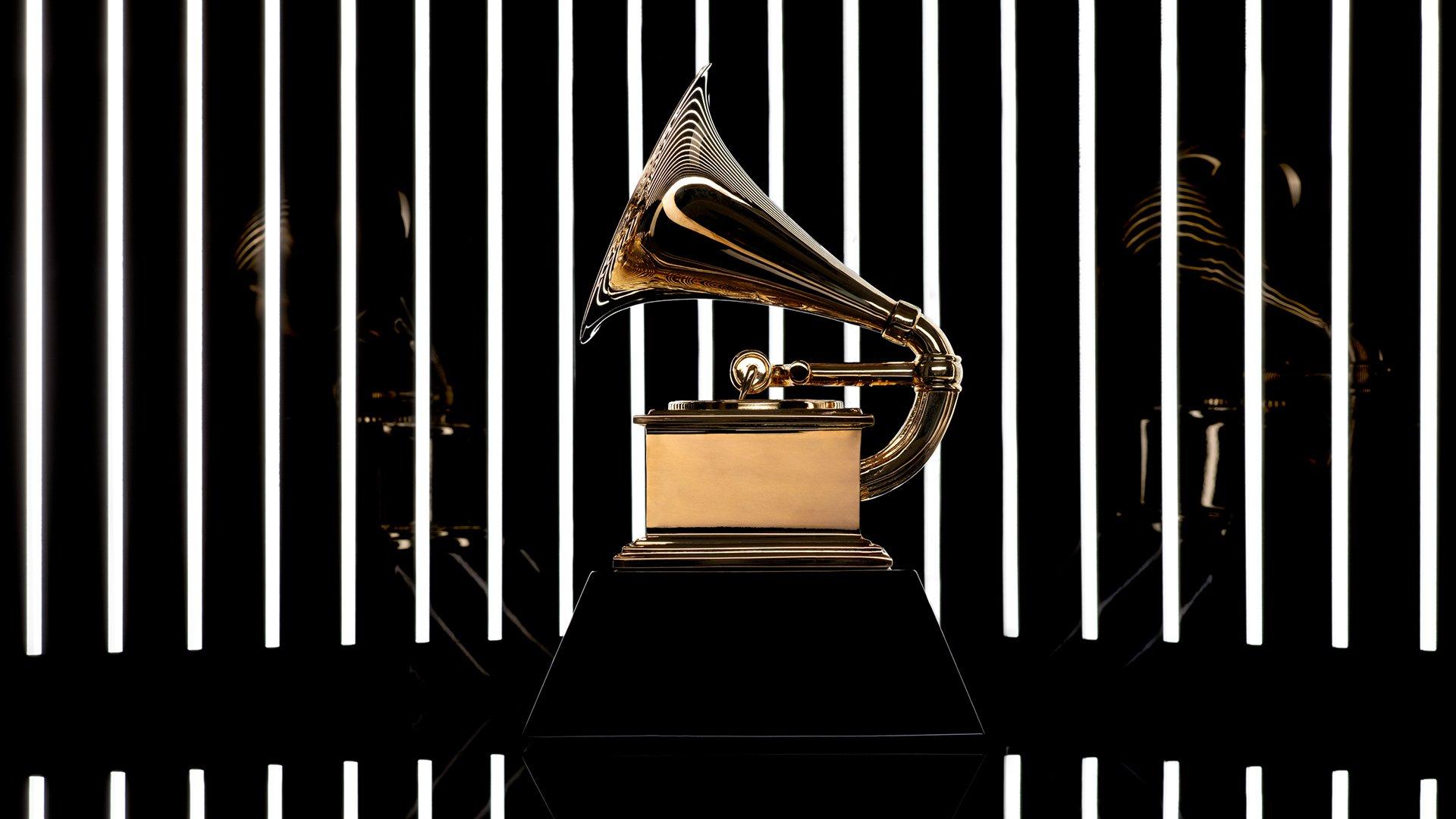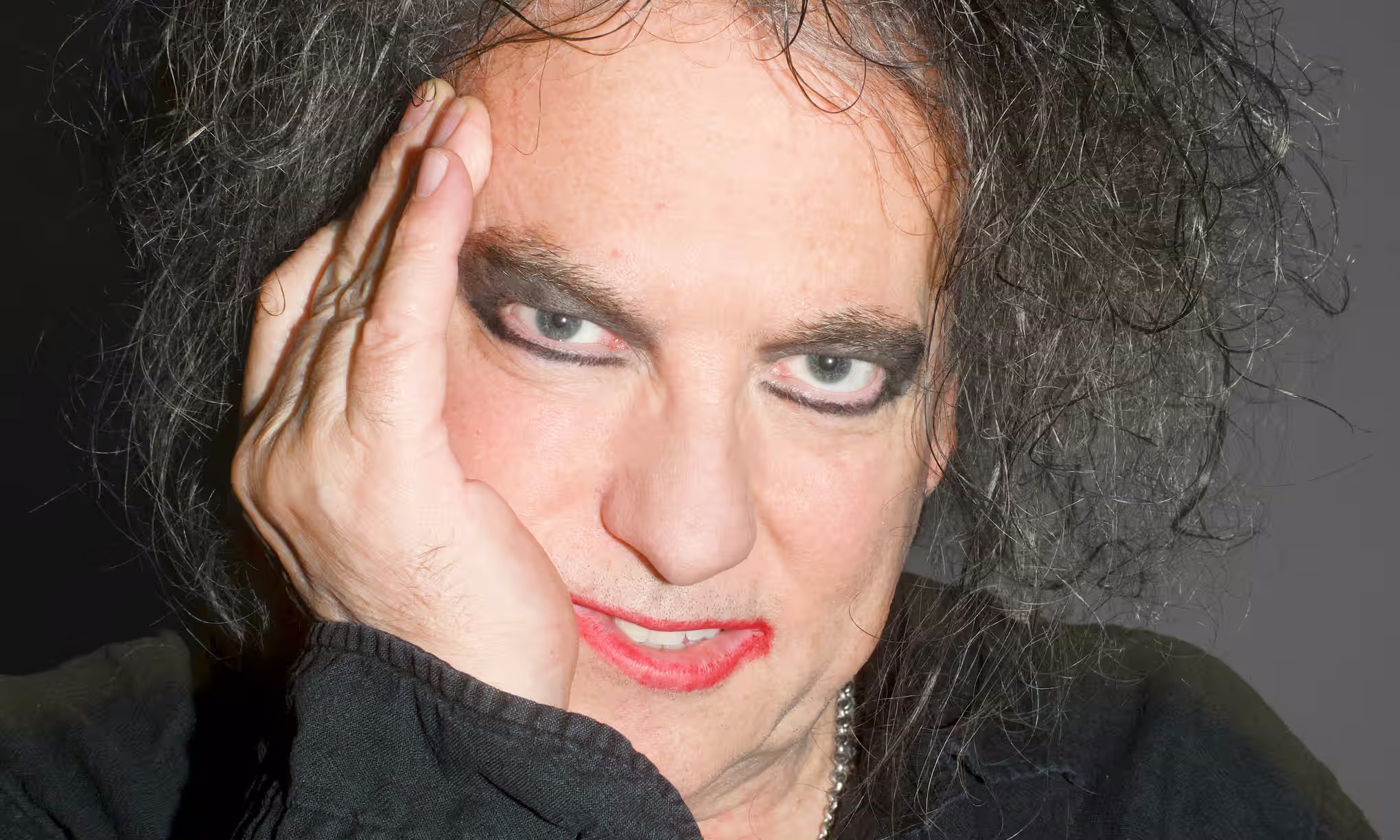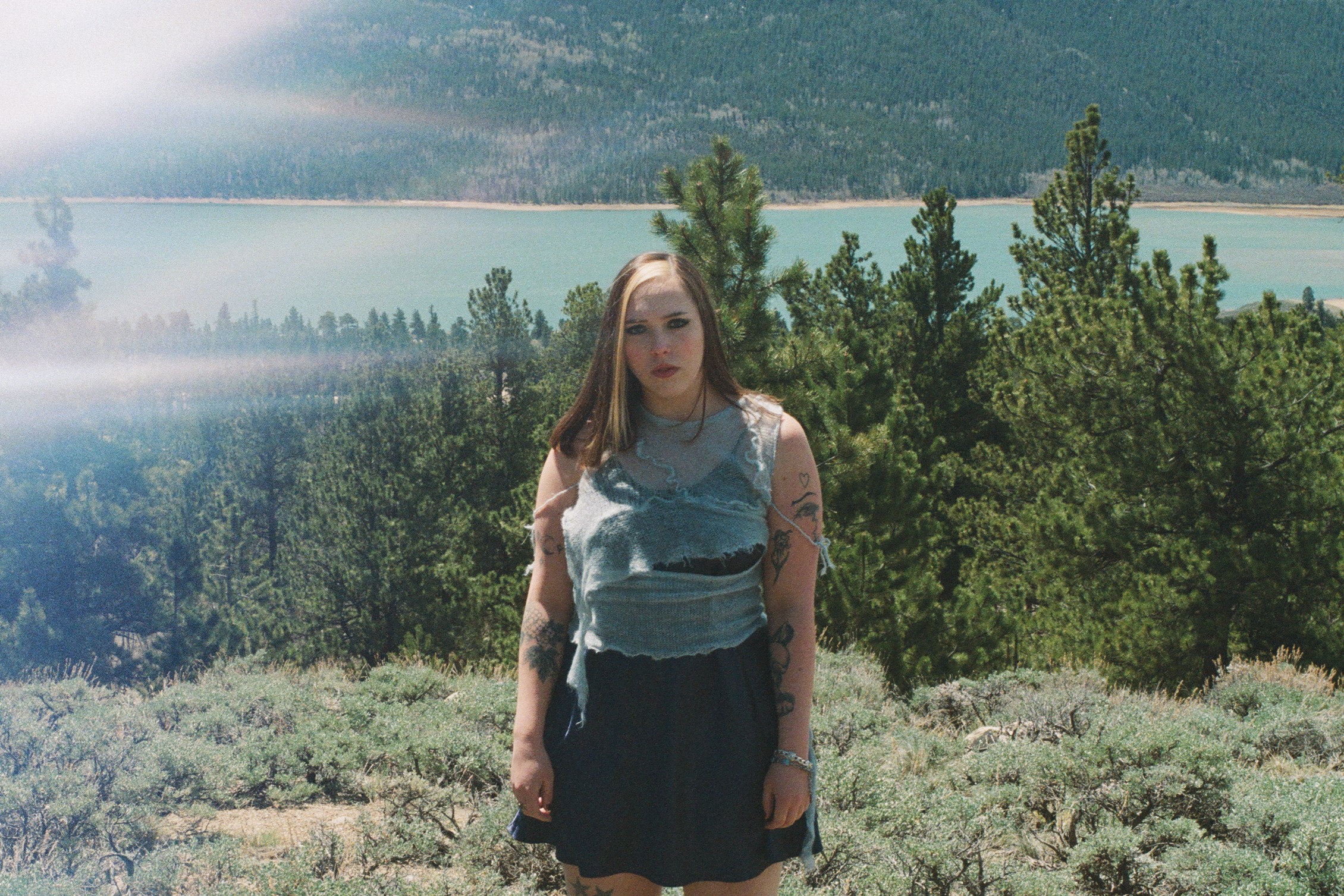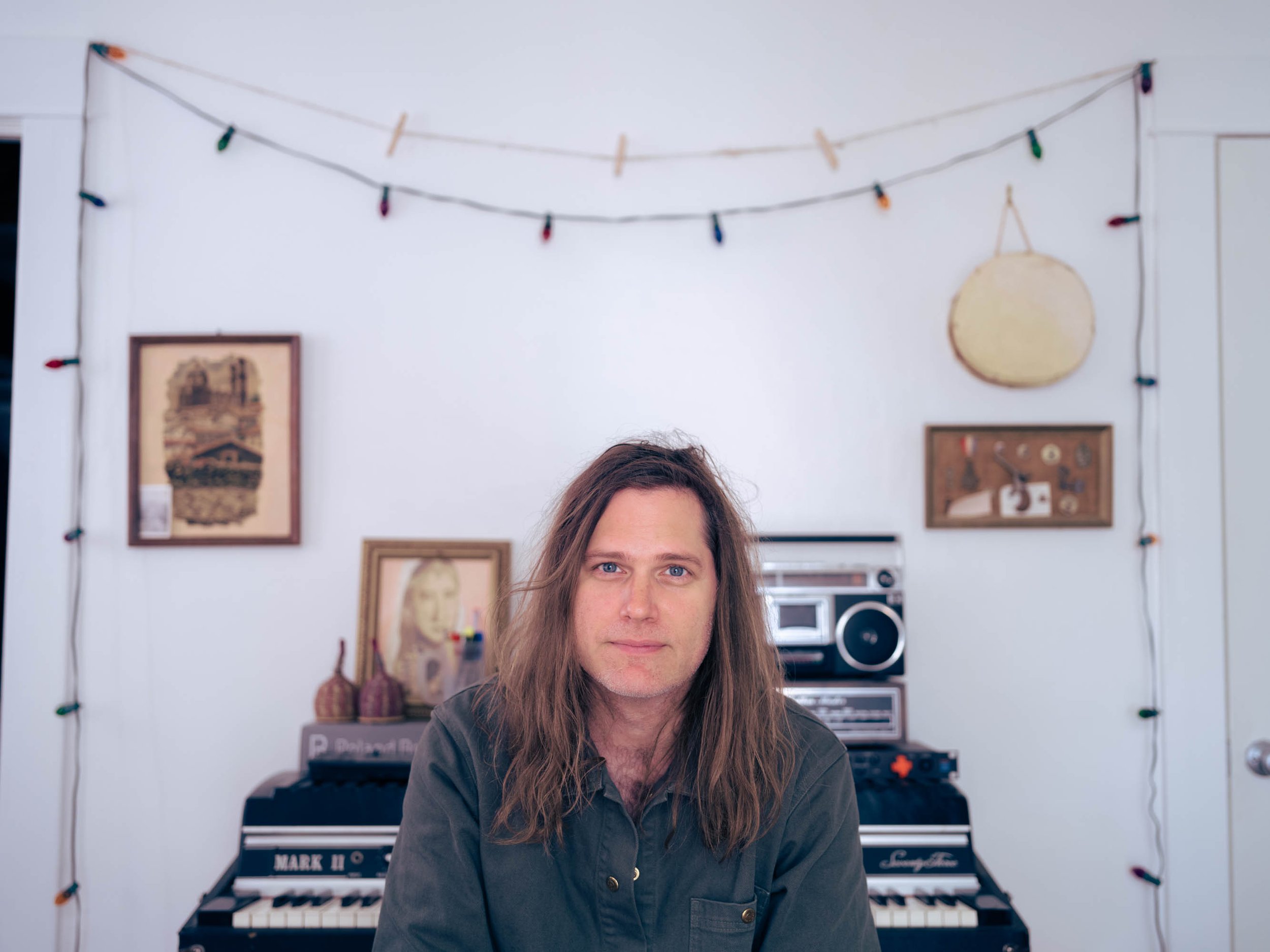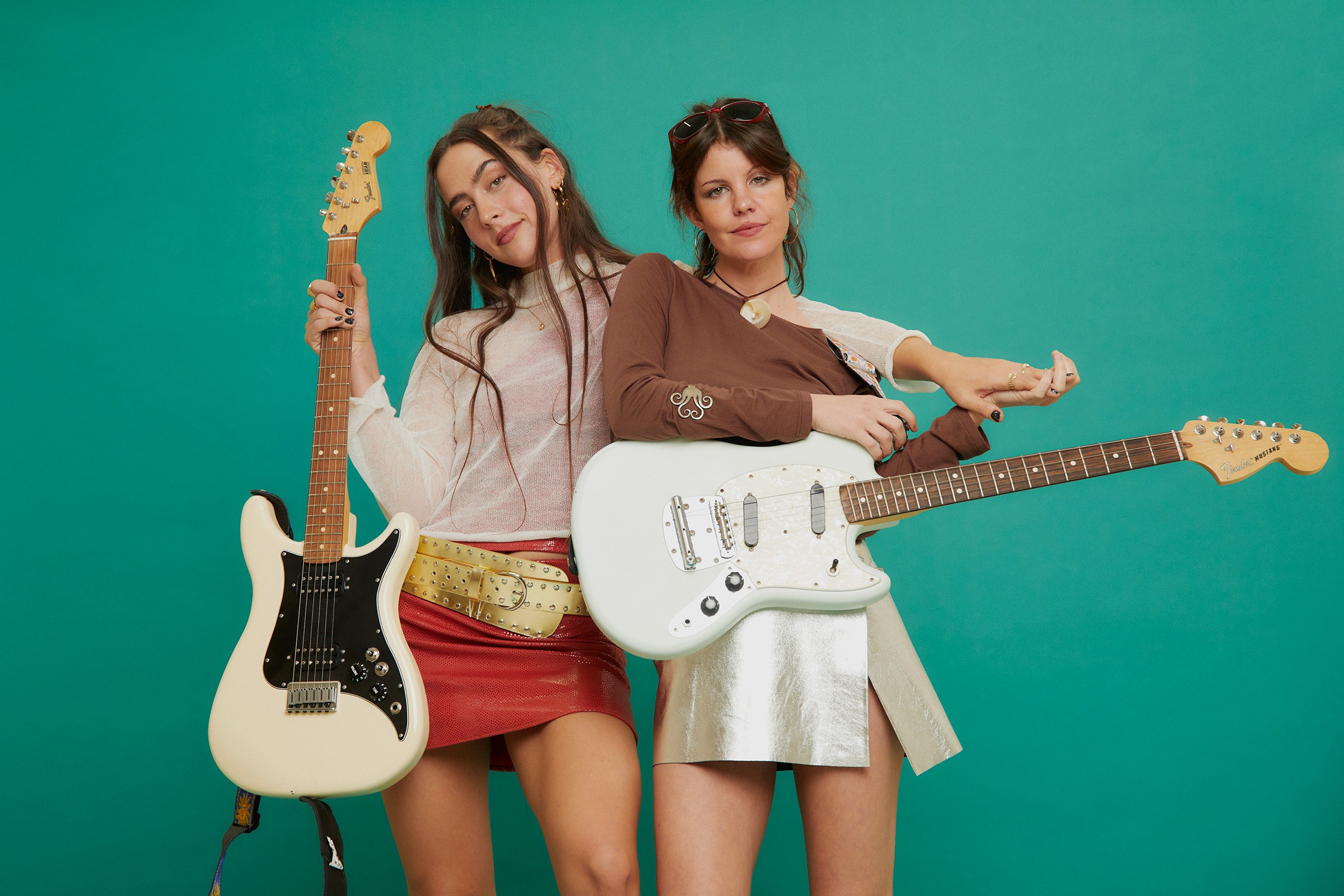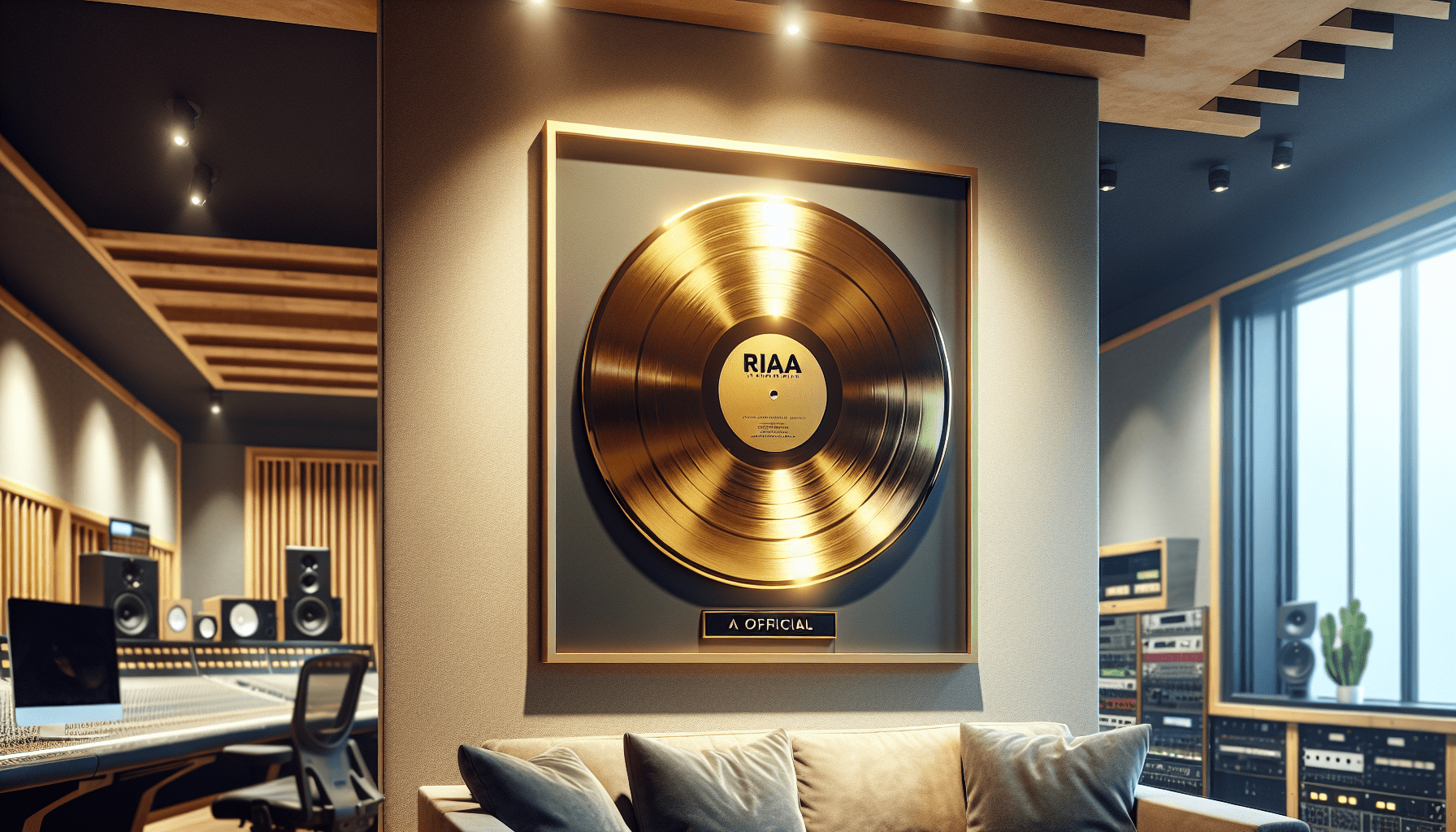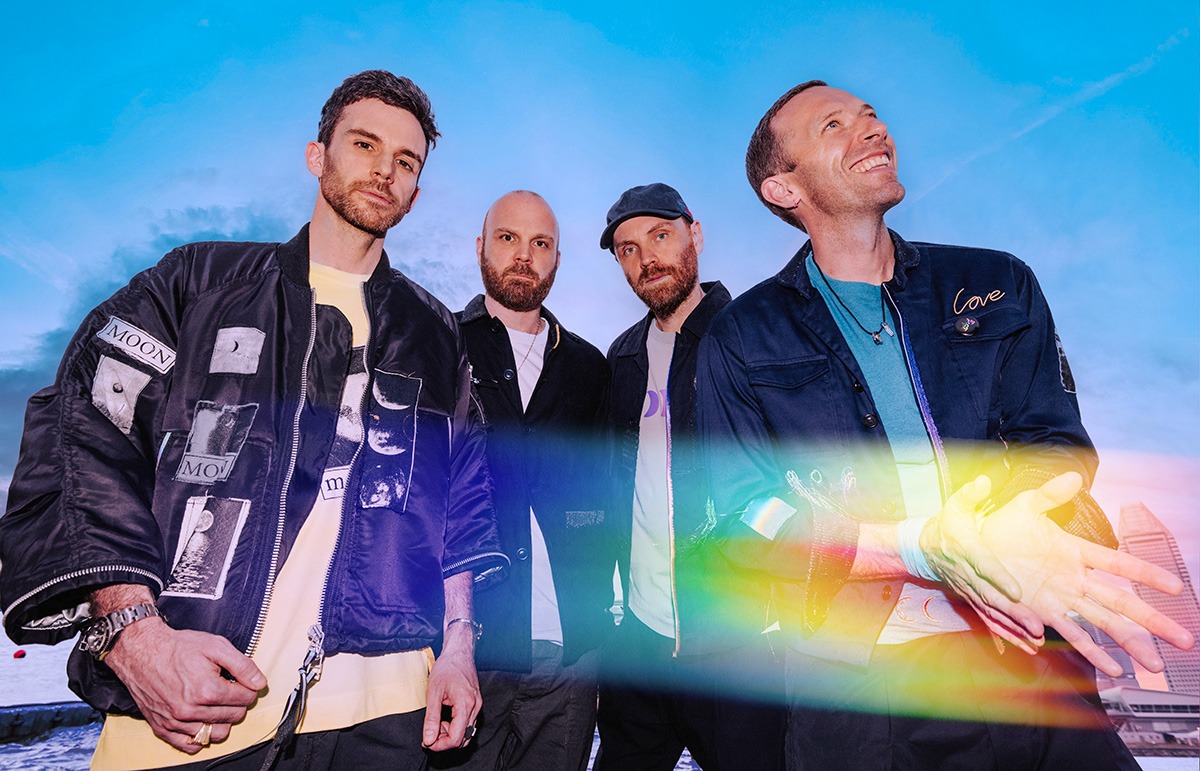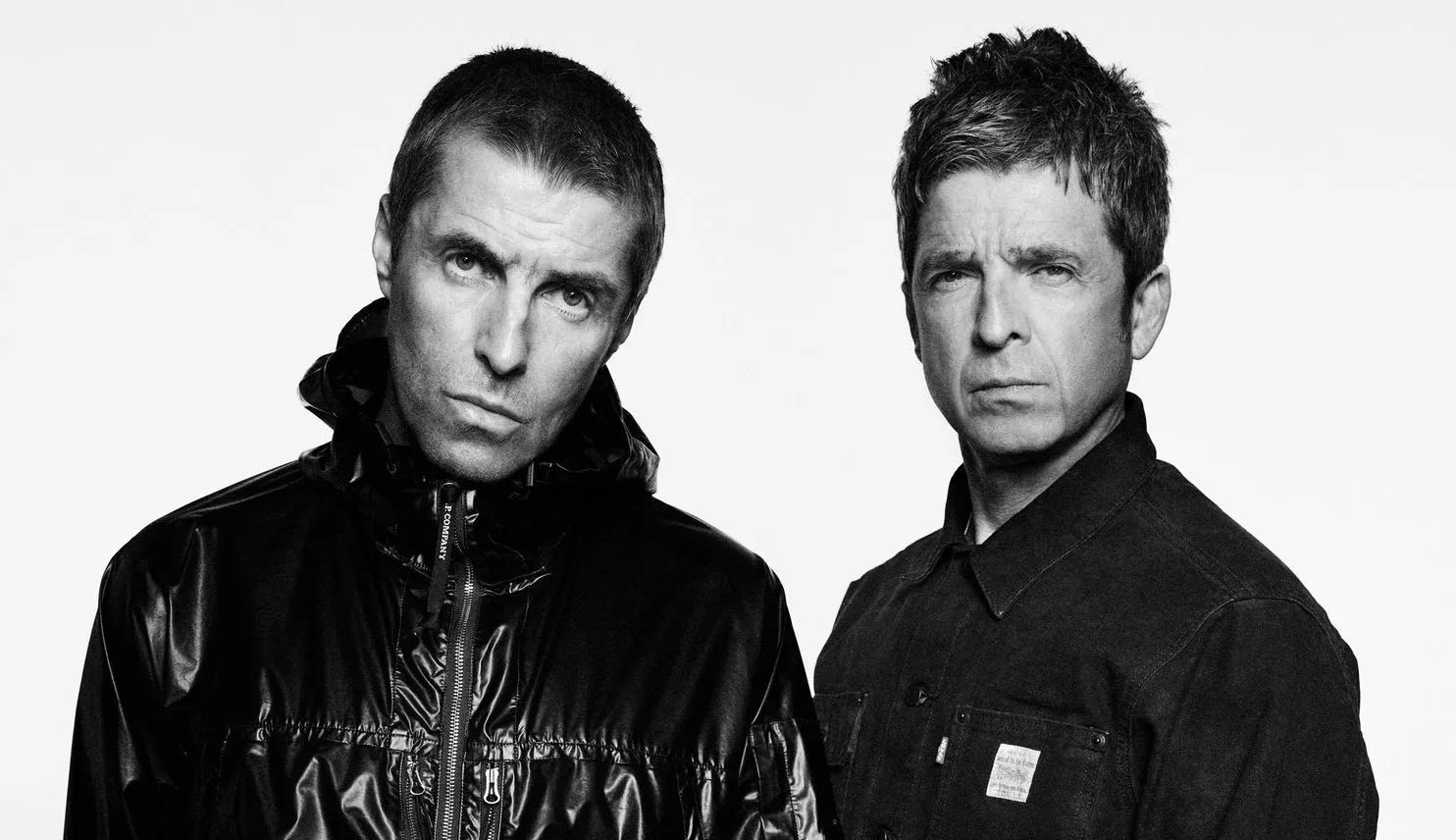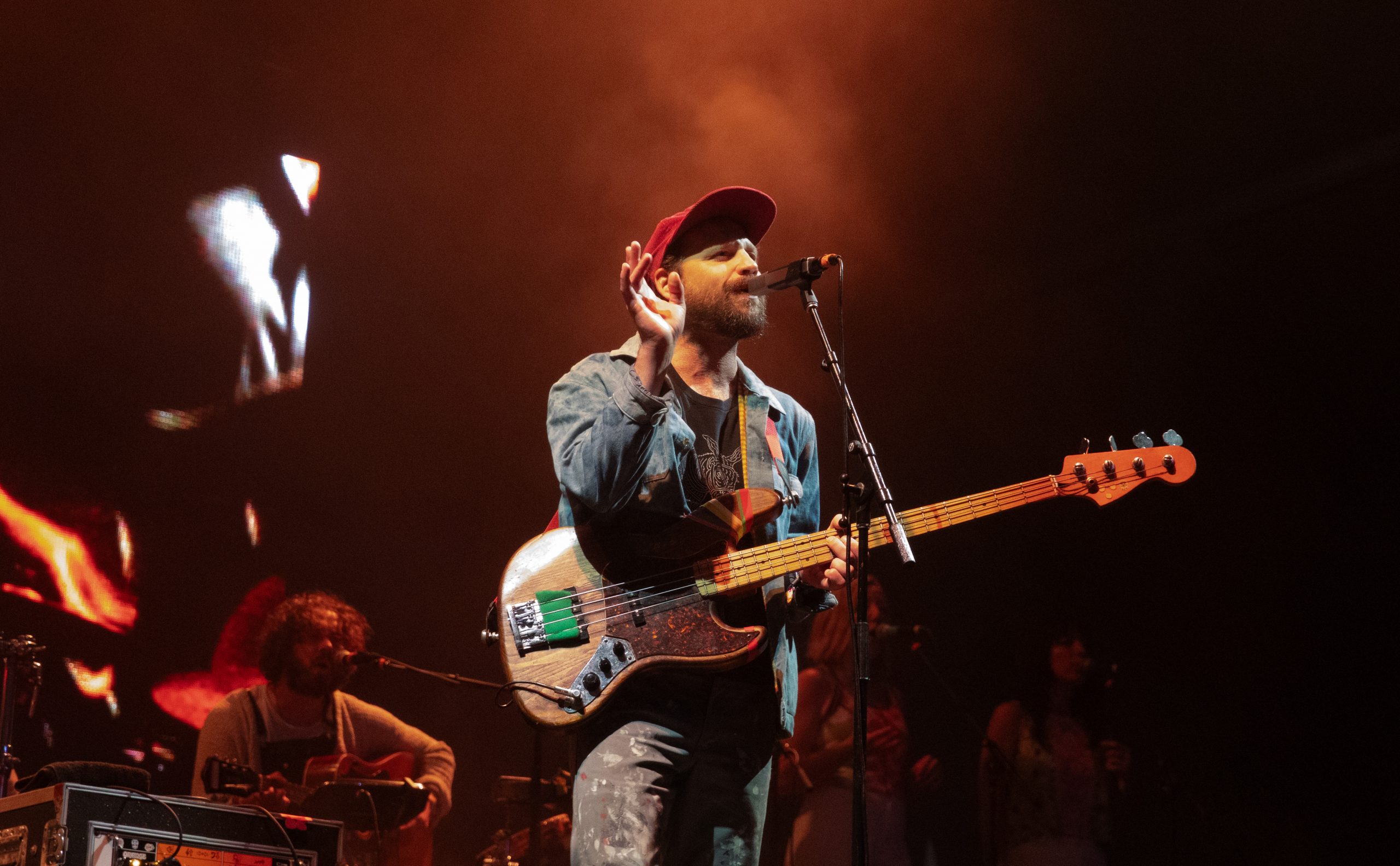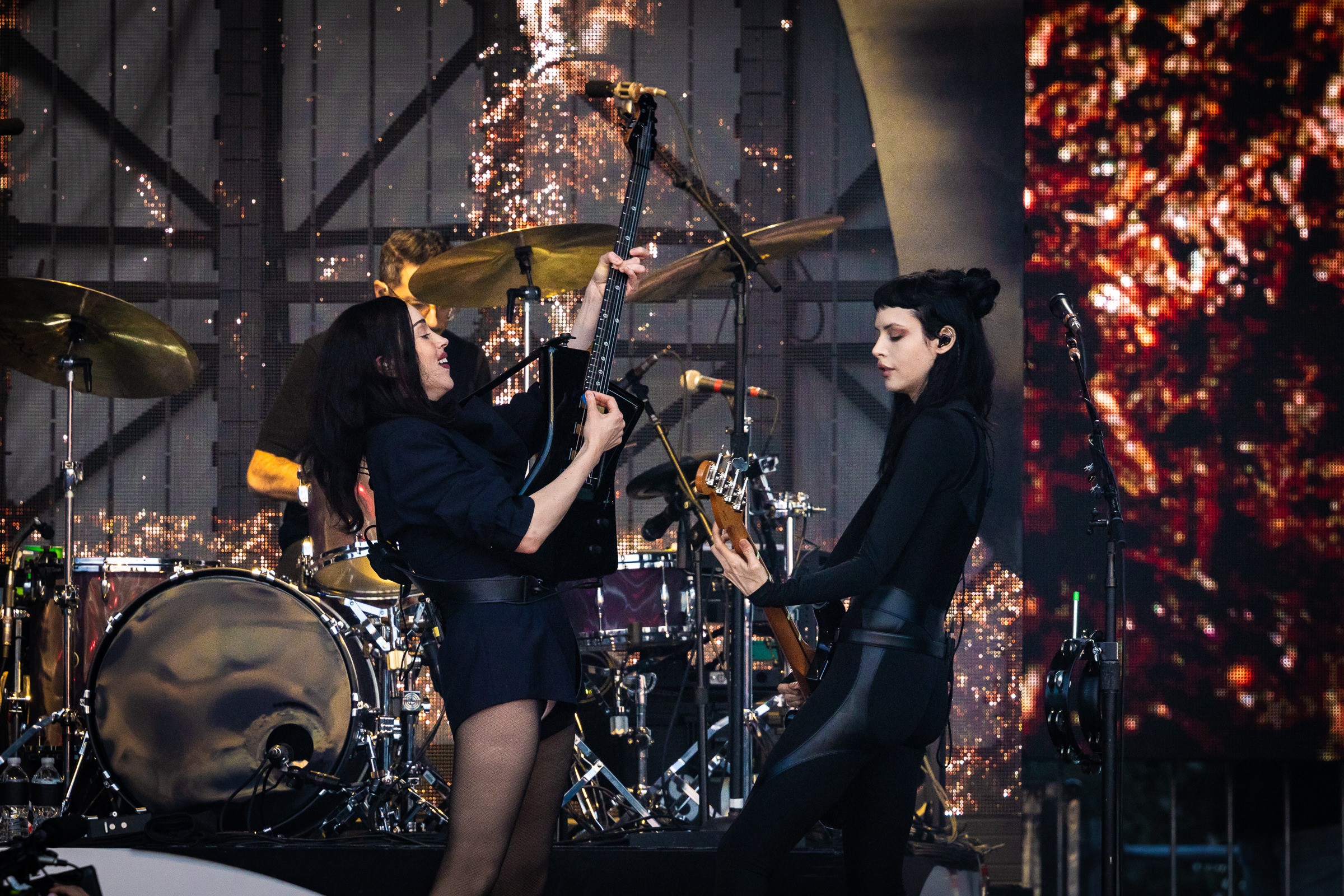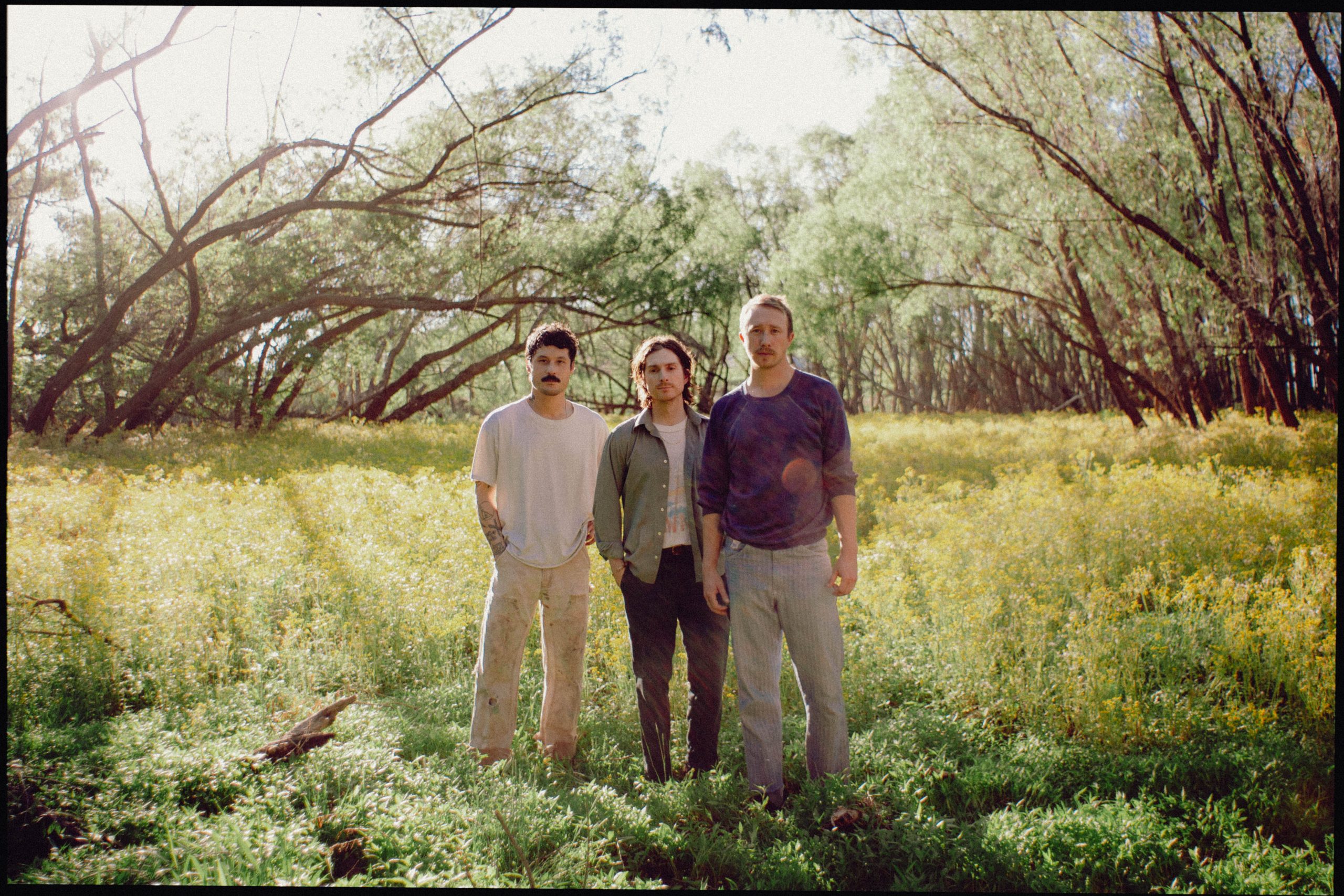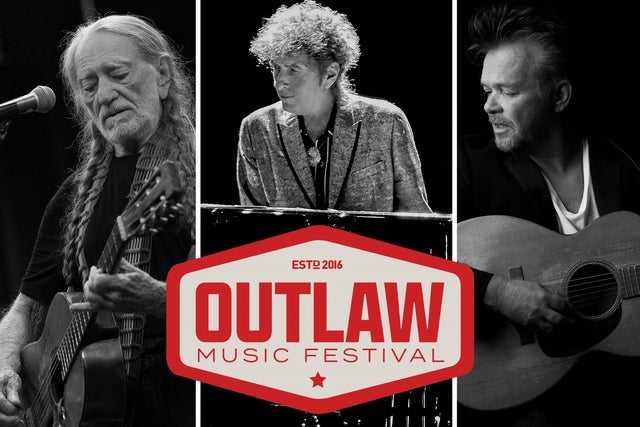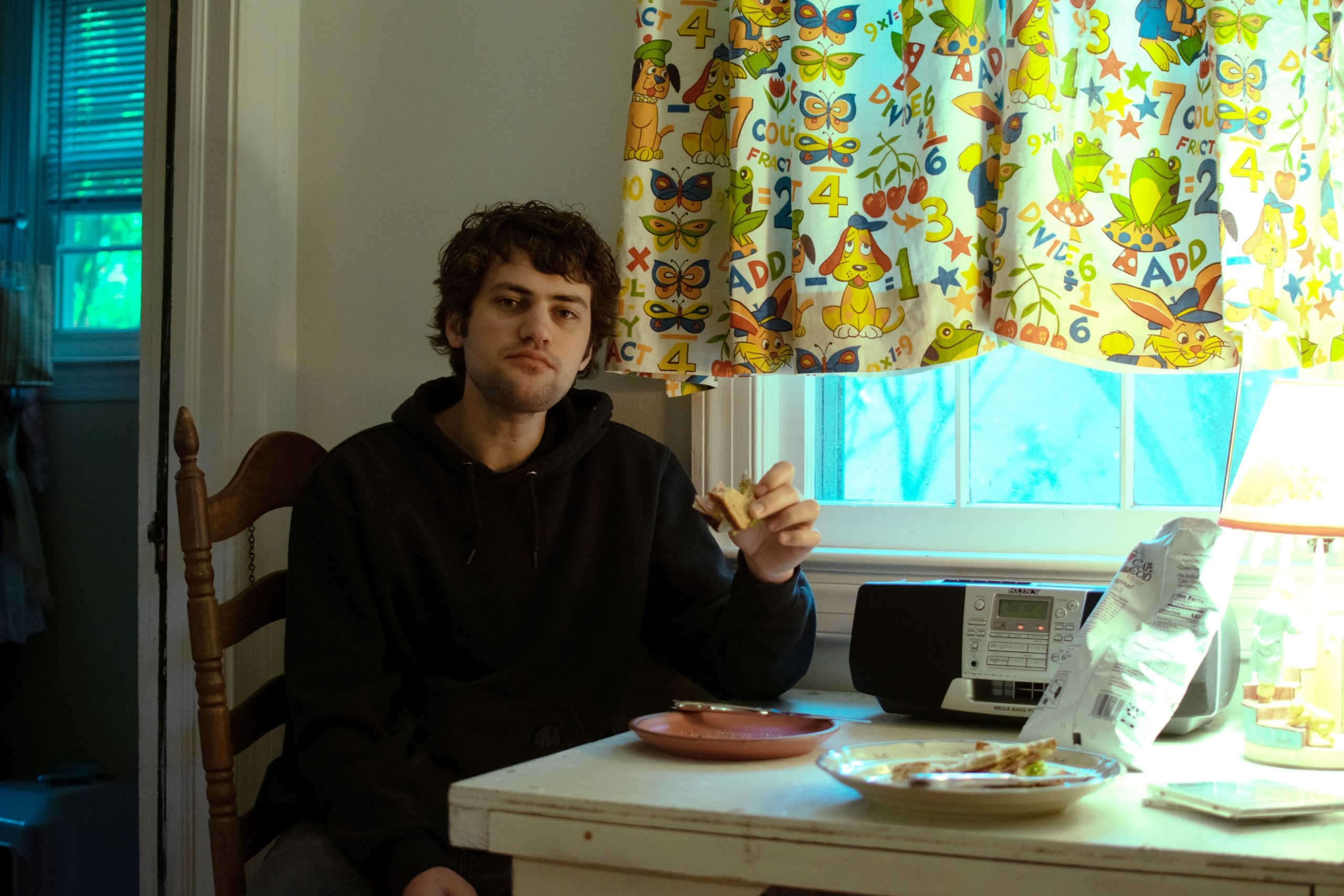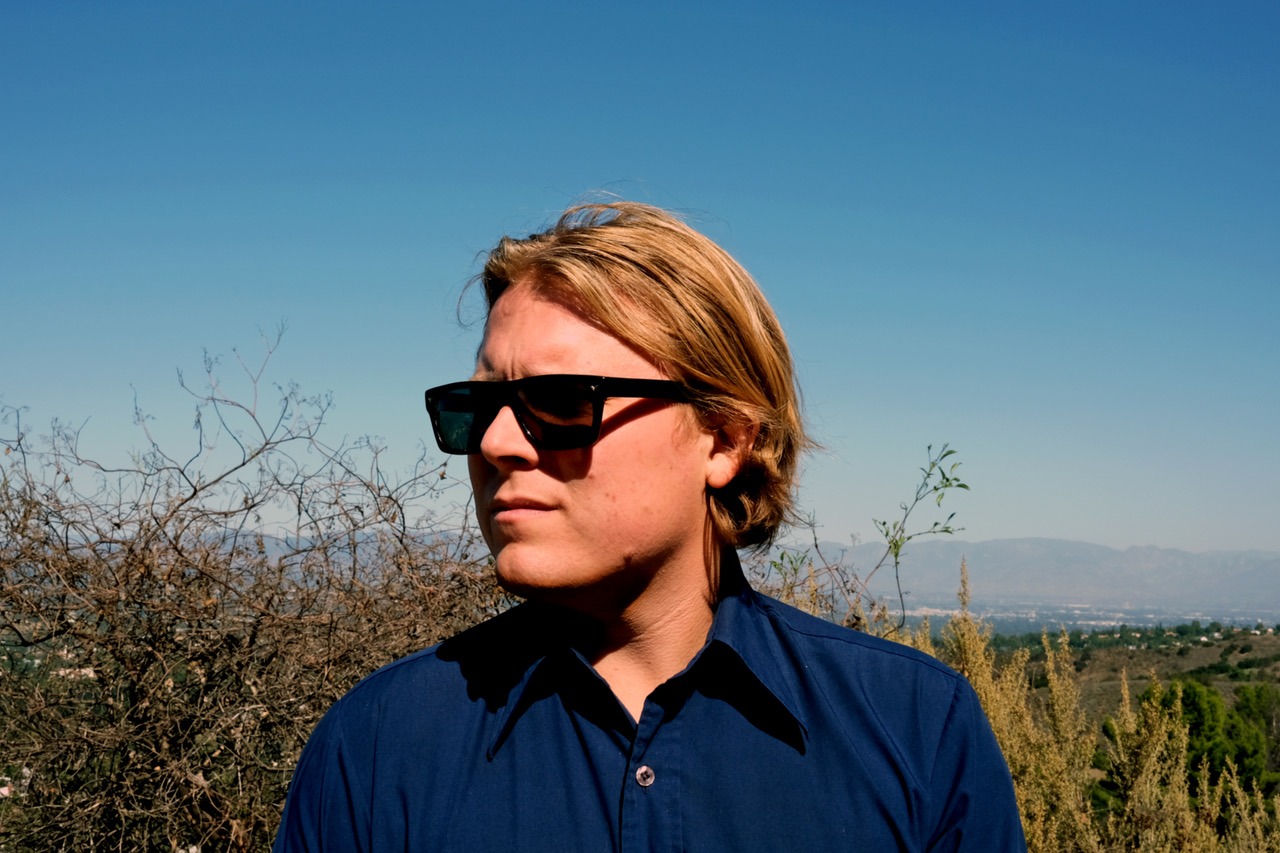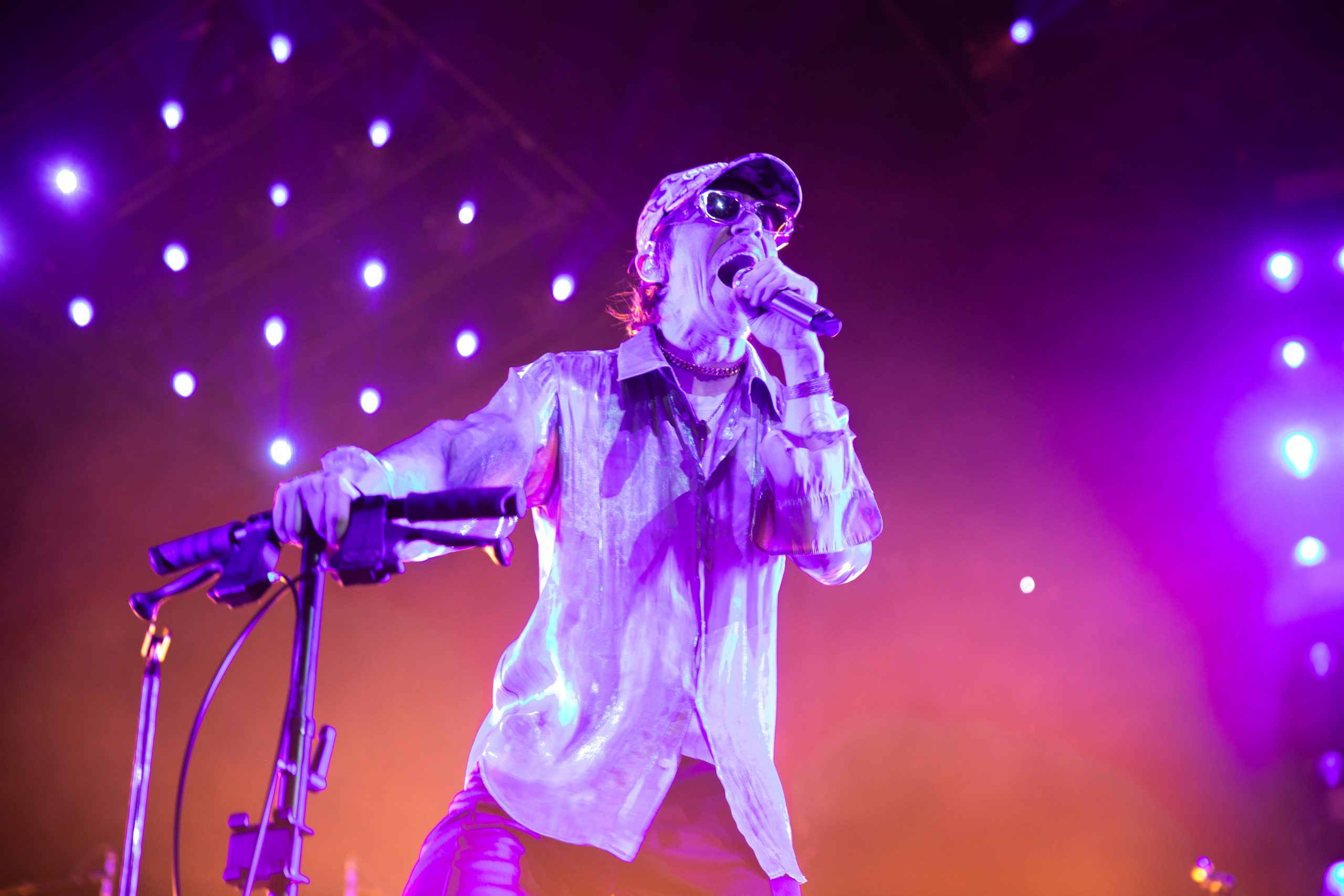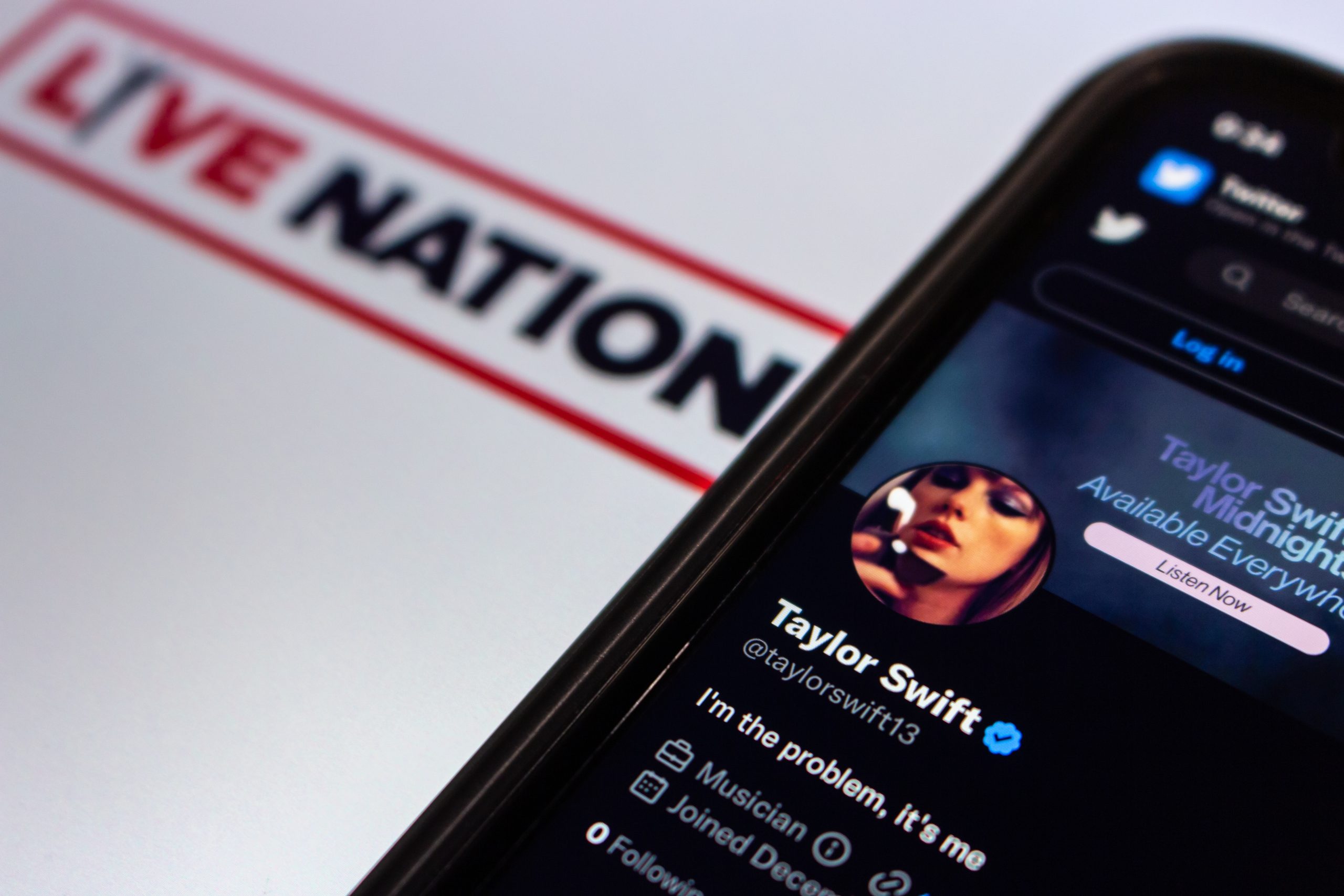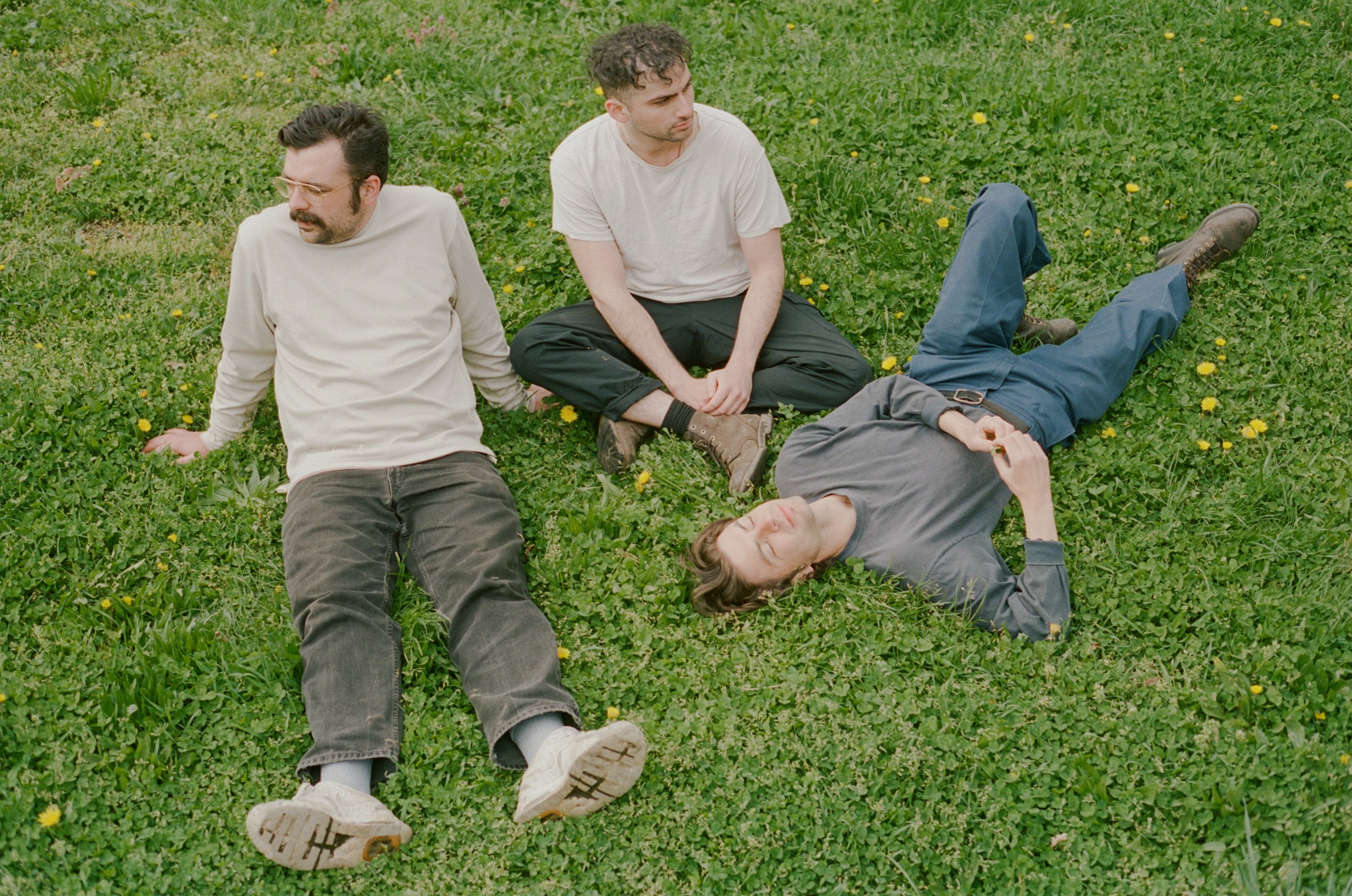Riot Fest Day 1: Aces, Mulligans and Fall Outs
In its 19th year, the alt rock, punk, and hip hop fest had a sort of homecoming in Chicago’s Douglass Park. Here are some of the acts The Rockhound caught.
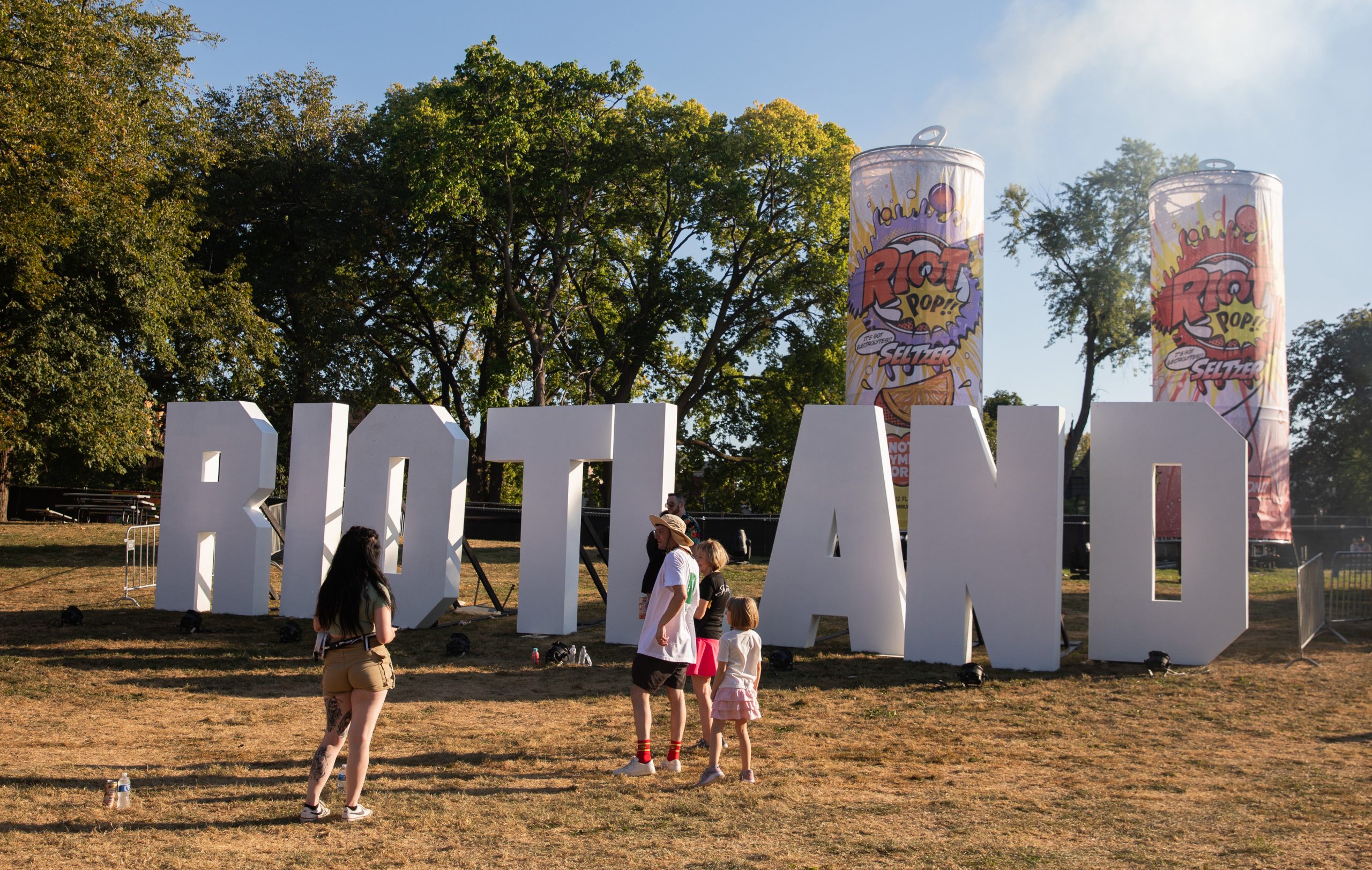
Chicago’s love affair with Riot Fest goes way back to 2005 when it started as a multi-venue weekend of punk and rock, and then moved outdoors in 2012 to Humboldt Park. In 2015, the music festival moved to Douglass Park after complaints from neighbors in Humboldt Park.
In its 19th year, Riot Fest has changed locations three times. In June, Riot Fest’s founder Mike Petryshyn, known as Riot Mike, announced that Riot Fest would be rebranded at RiotLand in its new location at SeatGeek Stadium in suburban Bridgeview, Illinois. The change of venue venue upset fans because technically the festival would no longer reside in the city.
Organizers had decided to move the festival outside the city because of the Chicago Park District’s “lack of care for the community, ” Petryshyn said in a statement.
“Several weeks ago, I had enough,” he wrote. “I was tired of Riot Fest continually being the lowest hanging fruit. I was tired of playing their games. I was tired of watching something I love being continually used to deflect away from their own internal deficits. This prevented us from giving us the experience you deserve.”
As the shock of the move settled, Riot Fest moved back into Chicago just a month before it was slated to take place. They must have been “kidding” because Riot Fest will remain at Douglass Park. It’s also ditching the rebranding as RiotLand—though the festival has an area with that name that features a skate ramp and other “secret” attractions. It’s also scrapping the shuttle service, parking, and other amenities/experiences noted in the June announcement. RiotLand also includes a mini-Logan Arcade, carnival games and a chapel where folks can get properly married.
Despite the headache of moving around, Riot Fest is hosting one of its best lineups—making up for whatever trouble it may have caused .
Here are some of Day 1’s notable acts:
The Aces
It’s always refreshing to see a band like The Aces at a festival that books a lot of male dominated bands. The all-girl/non-binary alt band from Utah immediately recalled indie pop-rockers The Beaches, who have also frequented the Riot Fest stage.
The Aces maintain a dance and synth sound, but it’s not overpowering because they allow the instrumentation to take lead. They’re a band that reminds you why festivals can be so special. Yes, you come for the headliner, but you stay for the indie bands that get you up and moving in the early afternoon.
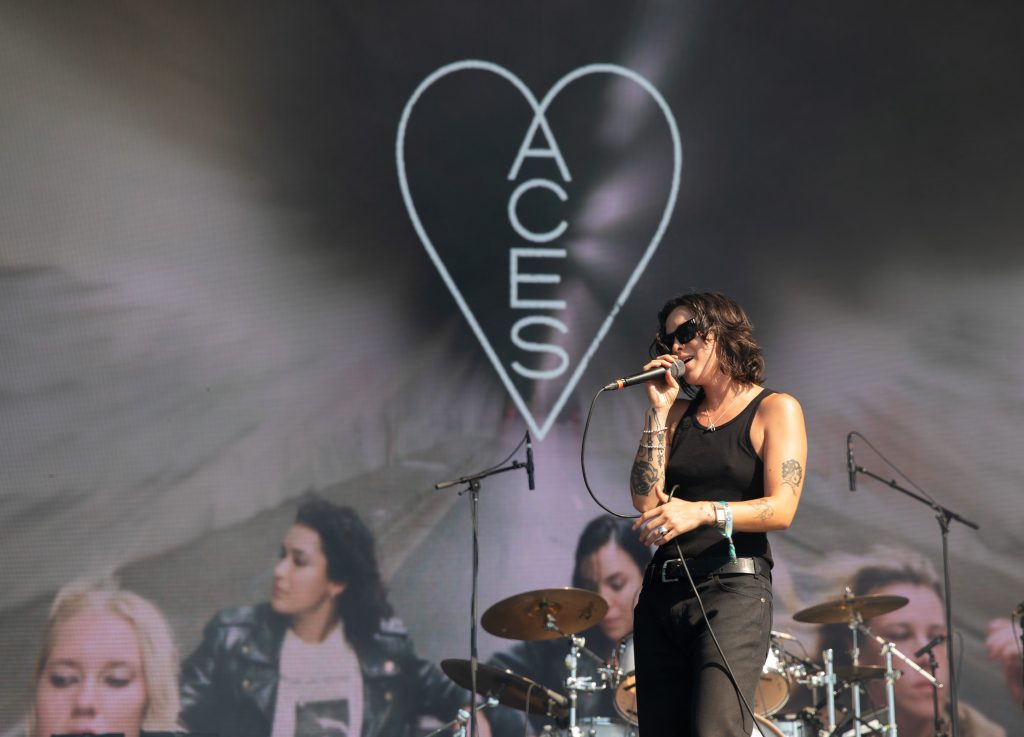
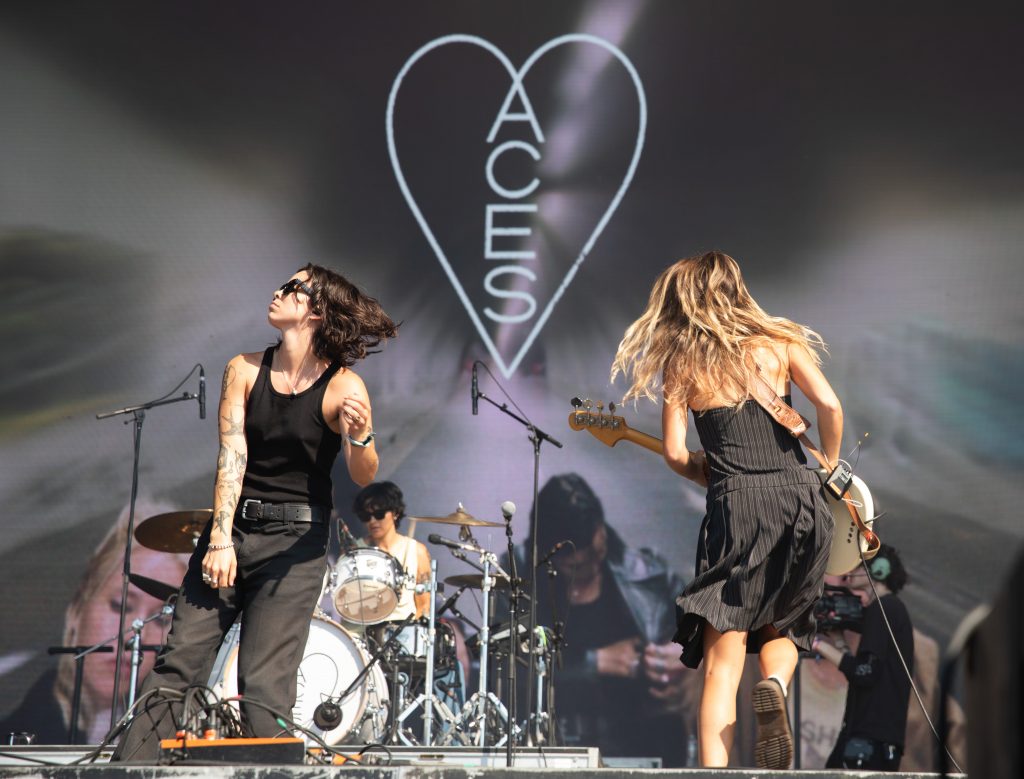
Hot Mulligan
There’s nothing sweeter than seeing the sweaty, beaming smile of a young fan who just got carried forward to the barricade in a crowd surf. Those shiny faces were everywhere during emo rock band Hot Mulligan’s set—though one fan didn’t make it to the front of the barricade until after the band wrapped up a song.
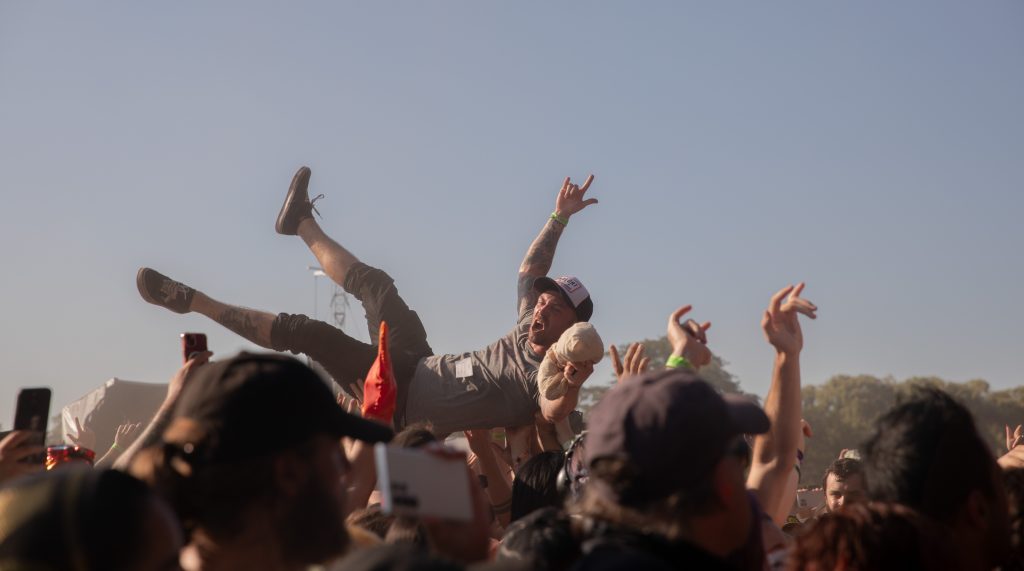
“Wow, look at that guy crowd surfing to no music,” lead singer Nathan “Tades” Sanville laughed. “Yeah, good job to you!”
The band pumps out the angsty, upbeat emo of the early 2000s. Emotional and interpersonal lyricism is met with a blend of pop punk vocals and indie rock instrumentation. Think of bands like Jawbreaker, Rite of Spring and Sunny Day Real Estate, and then add in that early 2000s nasally high-pitch screamo—that’s Hot Mulligan.
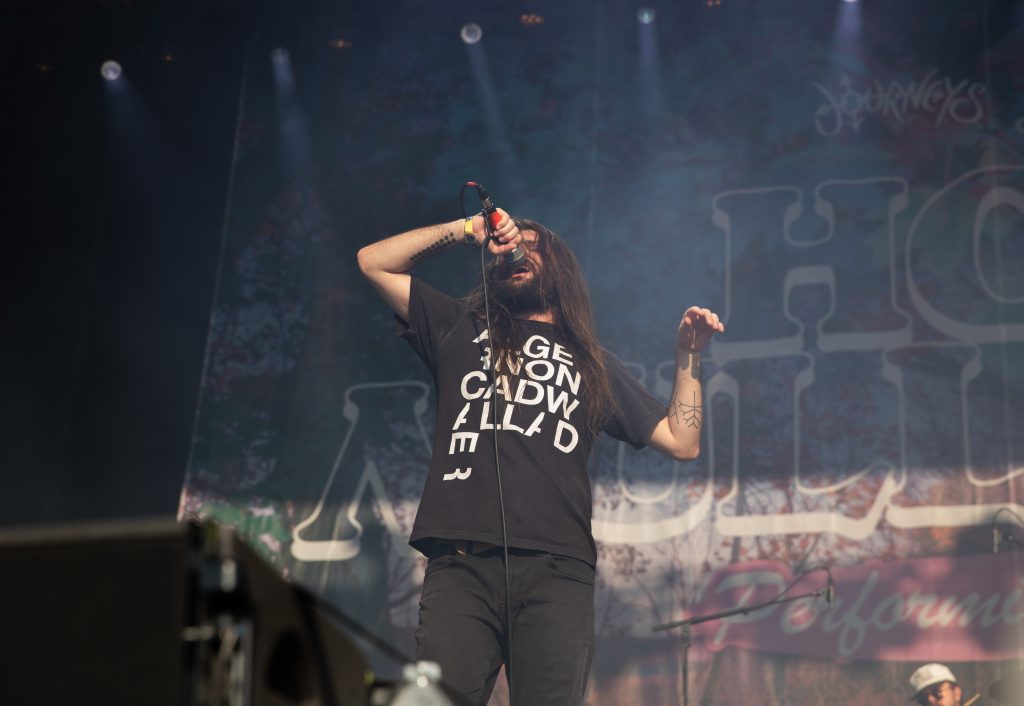
Fall Out Boy
As a third grader, I attended my first major concert with my best friend and her mom. We were obsessed with Fall Out Boy at the time, me claiming Pete Wentz and my friend claiming Patrick Stump. I remember when she called to tell me her mom bought us tickets. I let out a squeal and jumped around the room.
Fall Out Boy, the rock band originally from Wilmette, Illinois, was my introduction to music fandom. I hung an oversized poster of Wentz on my wall and listened to their 2008 album Folie à deux on repeat day in and day out. At the concert, we stood tall on top of our cushioned seats in the 200 level at Allstate Arena. I can still feel that first boom of bass reverberating in my chest. I can still see the pyrotechnics flaming.
I saw the band again a few years later in 2009 when they opened for Blink-182, a show right before they took a break from 2009-2013. I hadn’t seen them again until last night.
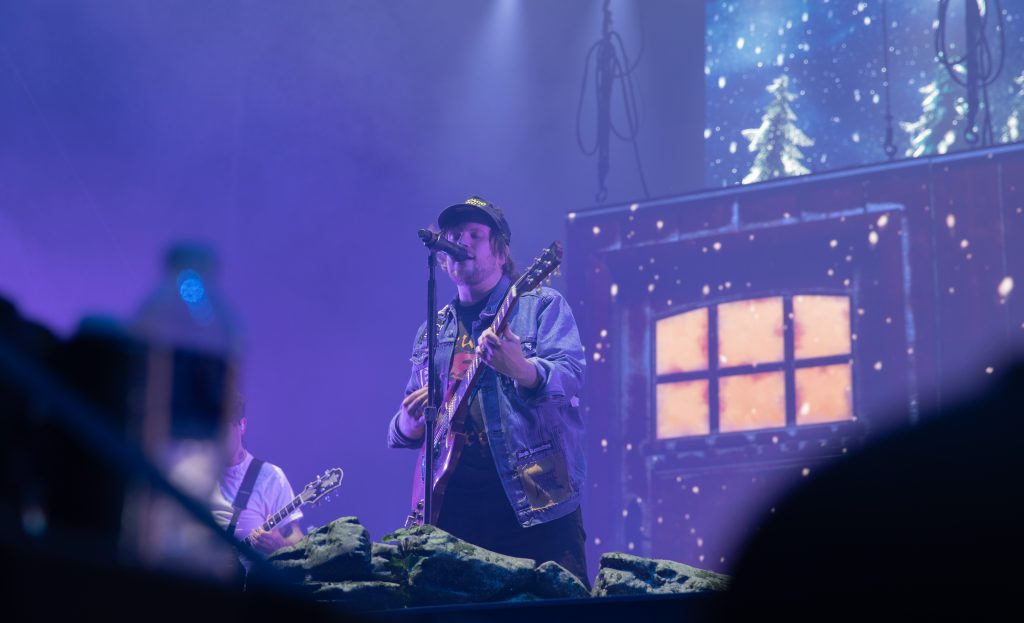
The fest was limiting the number of photographers in the pit to 40, so I stood and waited in line for over an hour to get my No. 15 spot.
It’s funny how we forget parts of our younger selves until we hear a certain sound. As soon as Fall Out Boy walked out, I felt as though I was back in my childhood bedroom slipping my Folie à deux CD into my boom box and belting out every word.
I knew to expect pyrotechnics during the band’s headlining set, but that didn’t lessen the shock. The first crack and spark spooked me so badly I nearly threw my camera into the air.
The band performed with every original member. Though they have certainly grown older since the last time I saw them, it was as though no time had passed. My heart fluttered at the sound of hits like Thnks fr th Memrs; Dance, Dance; Sugar, We’re Going Down; and A Little Less Sixteen Candles, A little More.
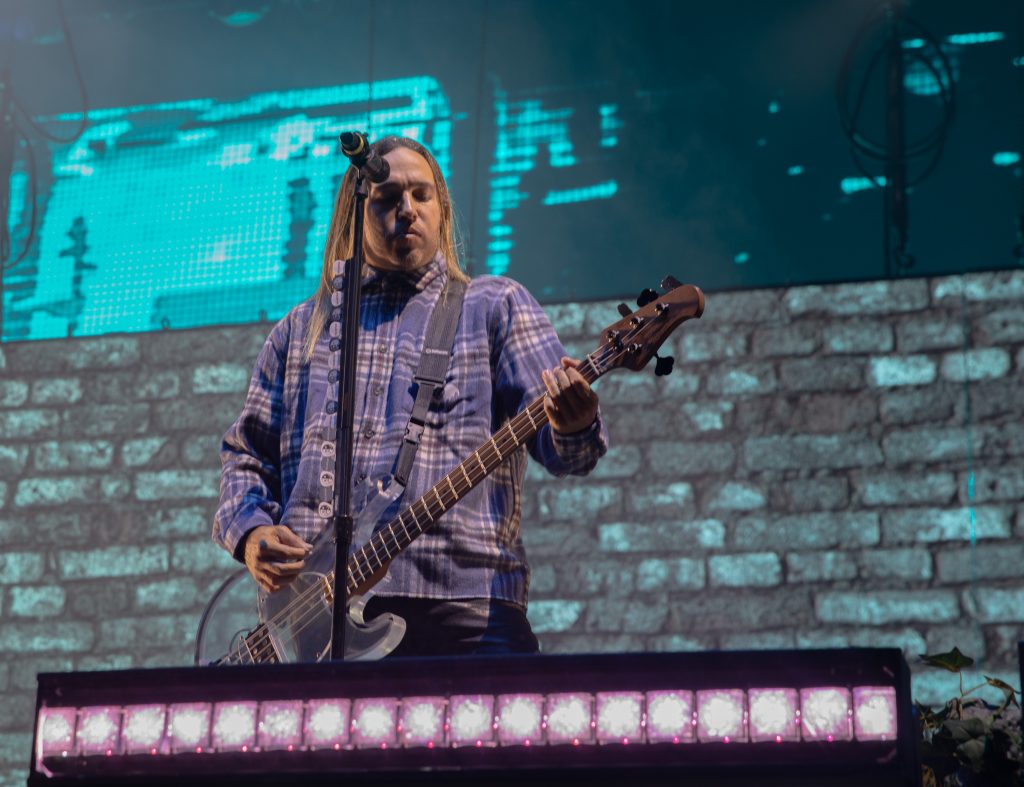
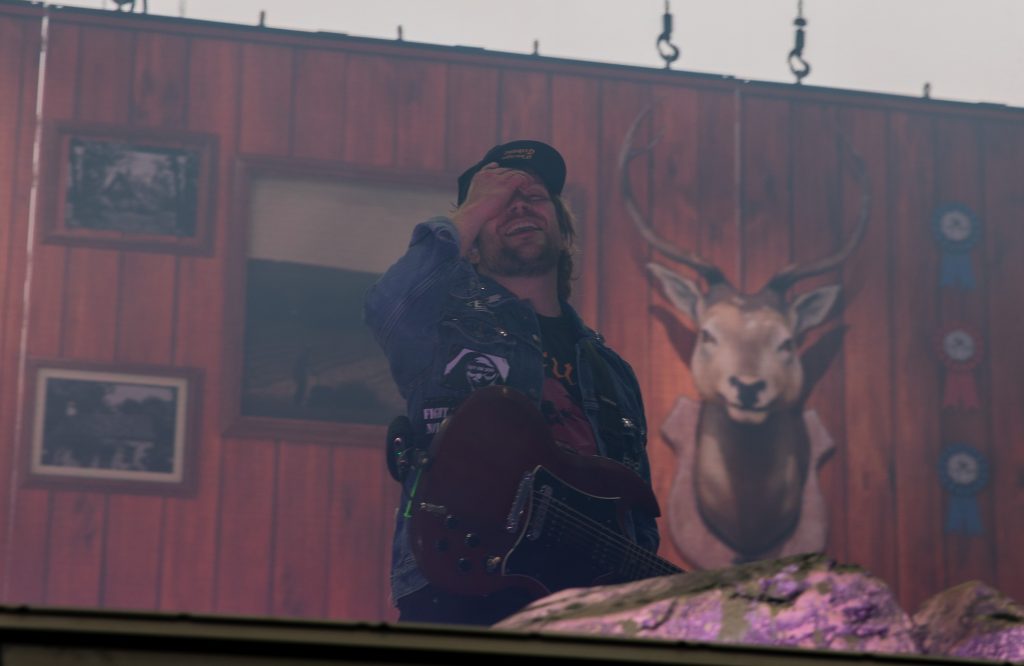
This is a loaded genre-take, but Fall Out Boy fall within heavy alternative pop-rock because while they go hard and have dynamic instrumentation, their lyricism is melodic, rhythmic and repetitive in a catchy way.
Wentz, the bassist, took a moment to address the crowd, noting the magic of alternative festivals like Riot Fest, and that a band like them—who pull inspiration from so many different genres—could never exist outside of Illinois. “It’s special to call this place home,” he said.
Riot gallery
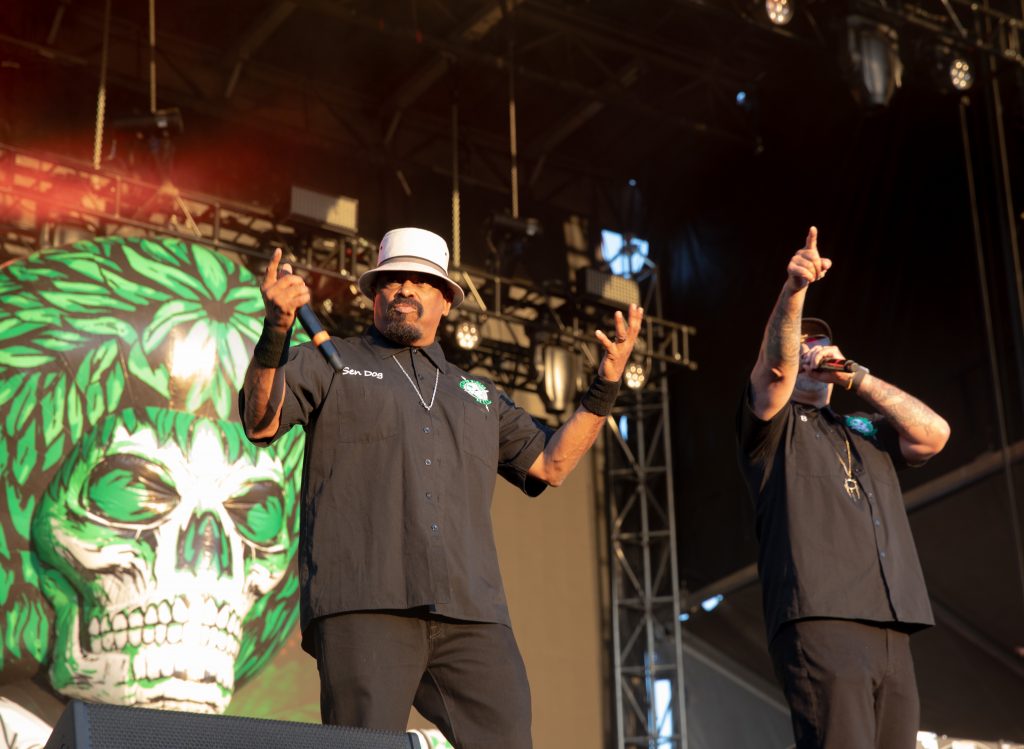
Sen Dog (left) and B-Real (right), vocalists of hip-hop group Cypress Hill. Photo by Kendall Polidori 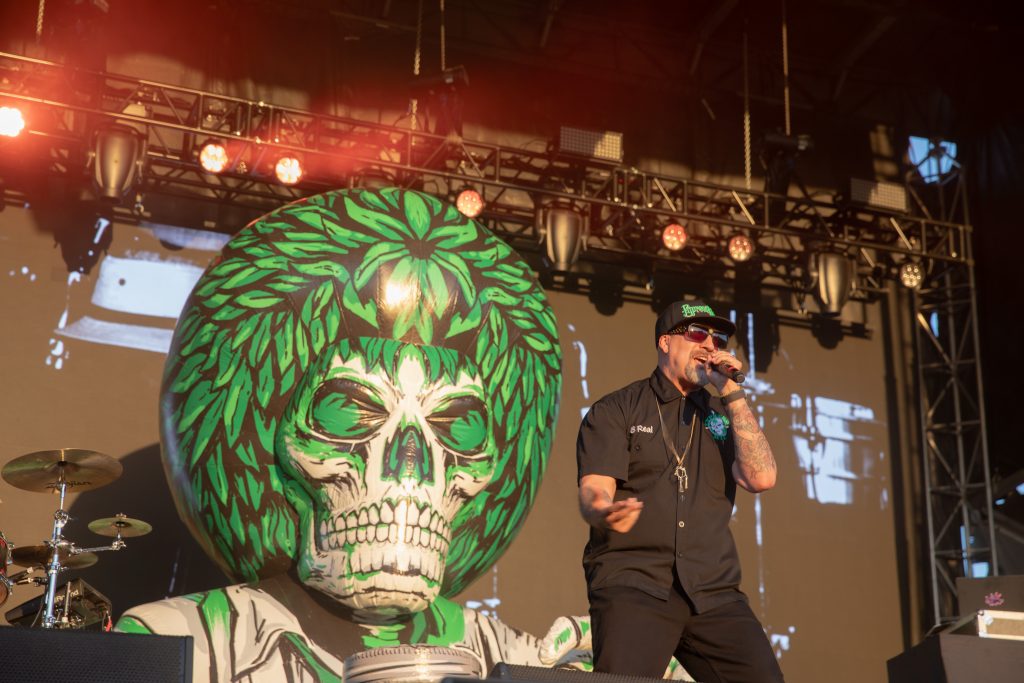
B-Real of Cypress Hill hip-hop duo. Photo by Kendall Polidori
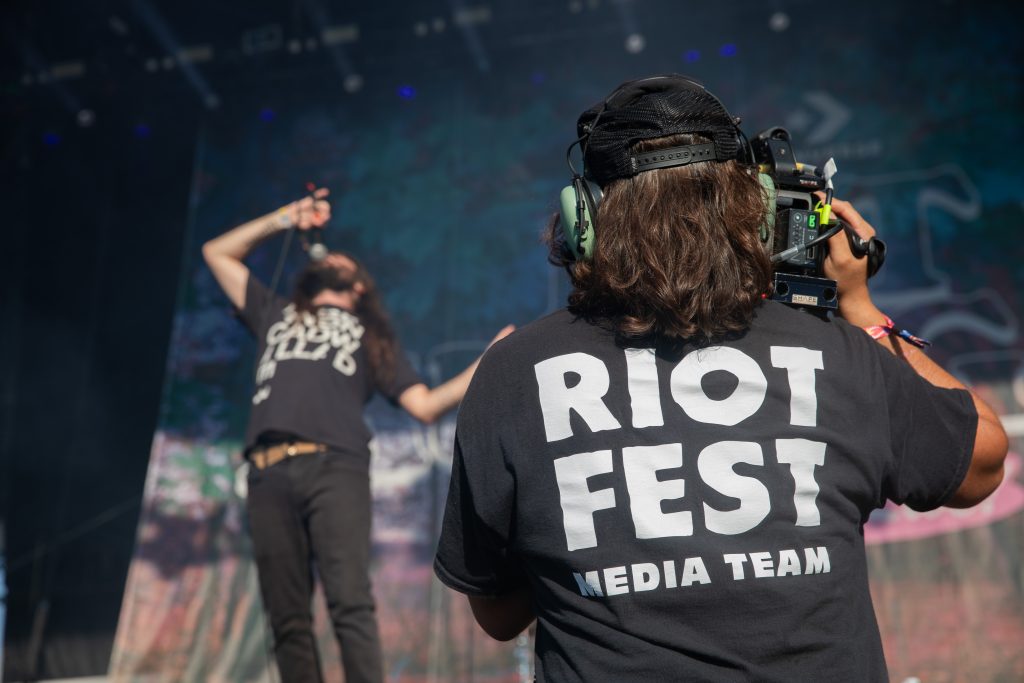
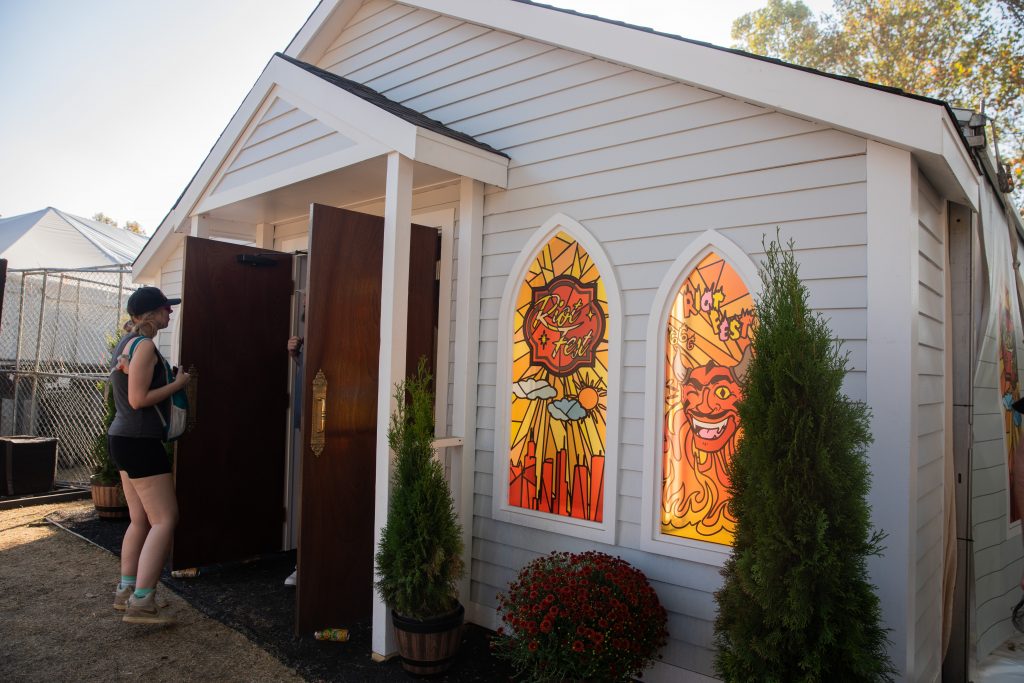
Hundreds of couples have married at Riot Fest throughout the years, but this is the first time the festival set up a chapel on site. Photo by Kendall Polidori 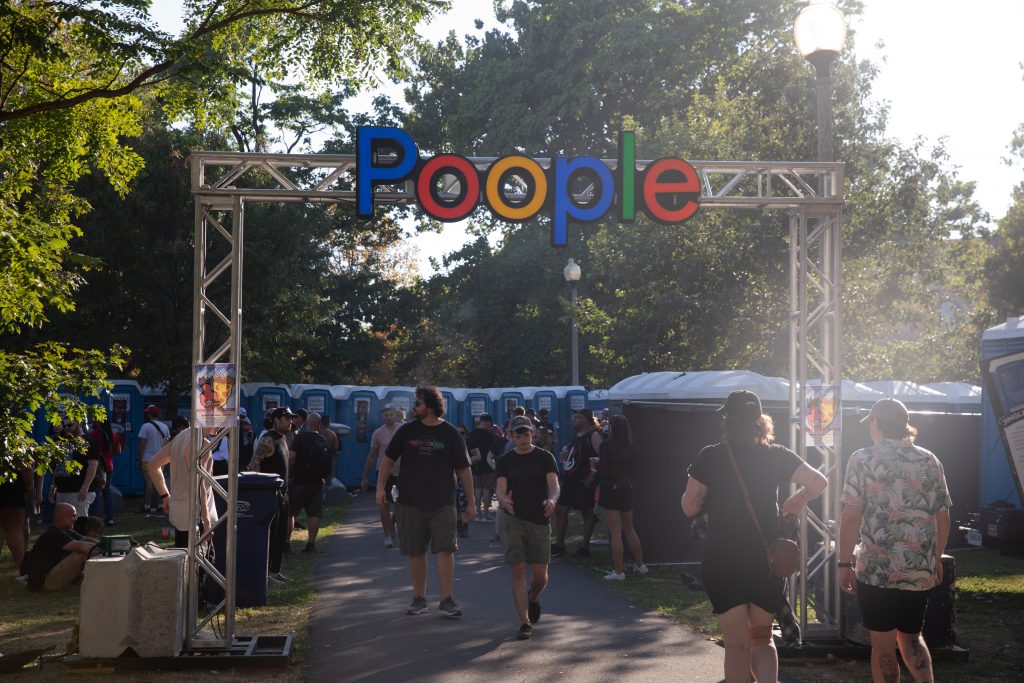
Take a bathroom break at Riot Fest’s Poople porta potty area. Photo by Kendall Polidori
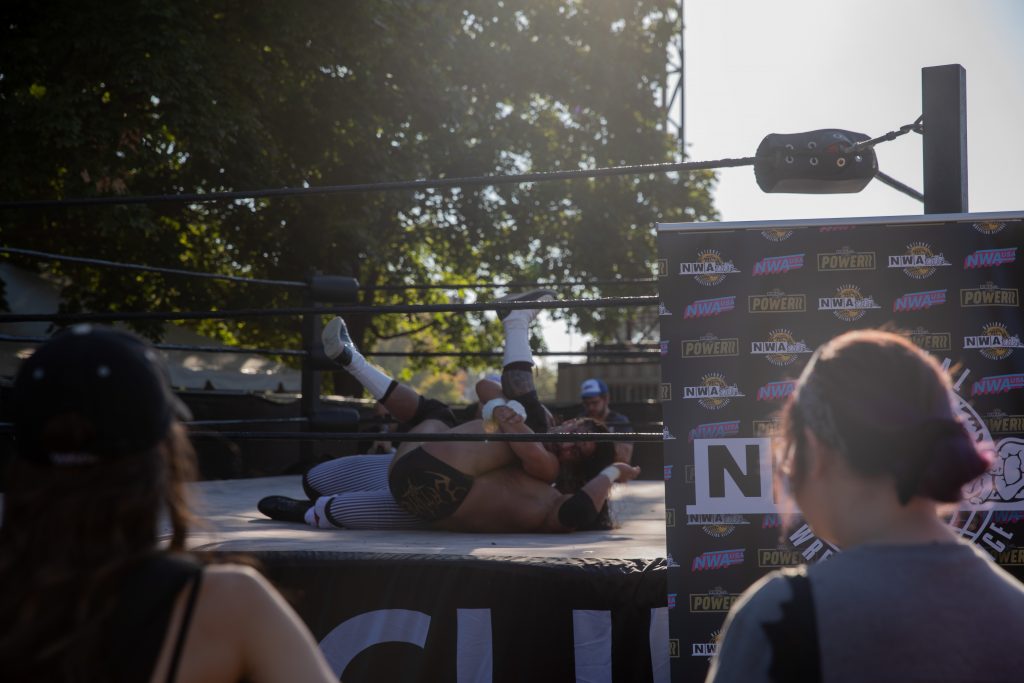
Kendall Polidori is The Rockhound, Luckbox’s resident rock critic. Follow her reviews on Instagram and X @rockhoundlb, TikTok @rockhoundkp

